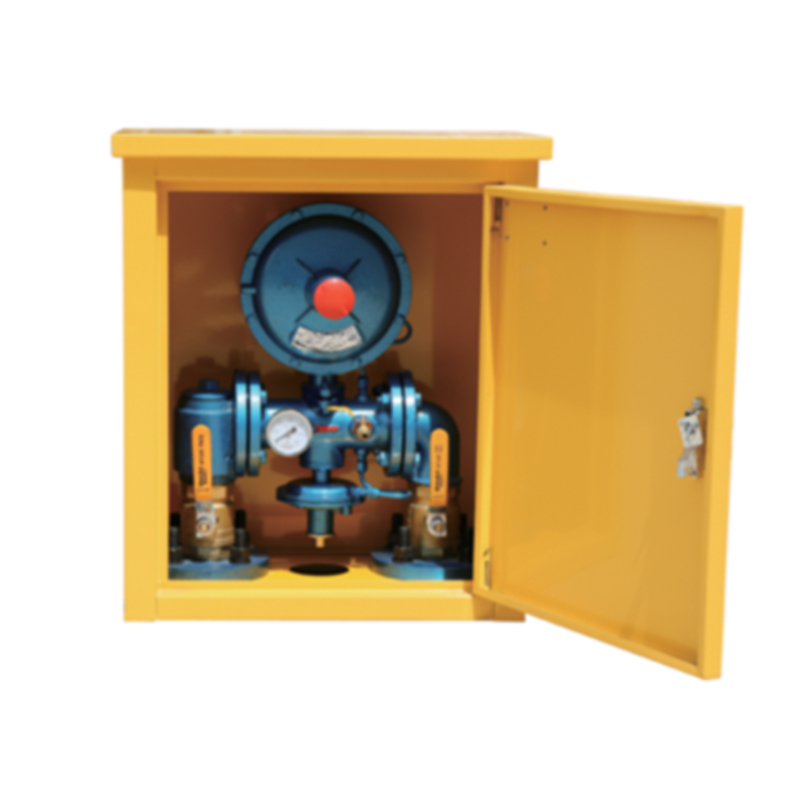
Nov . 27, 2024 00:55
Back to list
Understanding the Functionality and Importance of Natural Gas Regulators in Energy Systems
Understanding Natural Gas Regulators Their Role and Importance
Natural gas is a vital energy source that powers homes, industries, and power plants worldwide. However, the transport and distribution of natural gas require meticulous regulation to ensure safety, efficiency, and reliability. This is where natural gas regulators come into play. These devices are essential components in gas distribution systems, helping to manage the pressure and flow of natural gas from pipelines to end users.
What is a Natural Gas Regulator?
A natural gas regulator is a mechanical device that reduces the high pressure of gas coming from the supply lines to a safe, usable level for residential or commercial consumption. Gas tends to be delivered under high pressure, which is necessary for efficient transport within pipelines. However, high-pressure gas would be dangerous and unusable for everyday applications such as heating, cooking, or powering appliances. Therefore, regulators are installed at various points in the supply chain—ranging from large gas distribution networks to individual homes and businesses.
How Do Natural Gas Regulators Work?
Natural gas regulators operate based on principles of physics and engineering that allow for the controlled reduction of gas pressure. The core components of a gas regulator typically include a diaphragm, a spring, and a valve. Here’s how the process unfolds
1. Gas Inlet Natural gas enters the regulator at a high pressure. 2. Pressure Regulation The diaphragm senses the downstream (outlet) pressure of gas and responds to changes. If the pressure exceeds the desired level, the diaphragm moves, causing the valve to partially close. 3. Flow Control This action regulates the amount of gas that can flow through the regulator, ensuring that the outgoing pressure is maintained at a safe and consistent level. 4. Gas Outlet The reduced-pressure gas exits the regulator and is delivered to the consumer.
Types of Natural Gas Regulators
Natural gas regulators can be broadly categorized into two types first-stage regulators and second-stage regulators.
natural gas regulator

- First-stage regulators are typically used in larger distribution systems where high-pressure gas must be initially reduced to medium pressure. They are essential for managing the pressure before it reaches neighborhoods or commercial areas. - Second-stage regulators further reduce the gas pressure to the low levels needed for end-user applications, such as home appliances and heating systems.
Additionally, other types of regulators, like *dual-stage regulators*, combine these functions into one device, making them efficient for residential use.
Importance of Natural Gas Regulators
The significance of natural gas regulators cannot be overstated. Safety is the primary concern; unregulated gas pressure can lead to leaks, which can cause explosions or fires. Consistent pressure ensures that appliances operate efficiently and safely, reducing the risk of malfunction or damage.
Furthermore, natural gas regulators contribute to energy efficiency. By managing the flow accurately, they ensure that only the necessary amount of gas is supplied for heating or power generation, minimizing waste. This capability not only helps consumers save money on energy bills but also promotes environmental sustainability by reducing overall gas consumption.
Maintenance and Safety Checks
Regular maintenance of natural gas regulators is critical for ensuring their effectiveness and safety. Homeowners and businesses should schedule routine inspections, conducted by certified professionals, to check for wear and tear, leaks, and overall performance. Key indicators requiring attention include irregular pressure readings, abnormal noises, and visual signs of corrosion or damage.
Conclusion
Natural gas regulators are indispensable components of the natural gas distribution system. They provide the essential function of controlling gas pressure, ensuring safe and efficient delivery to consumers. Understanding how these devices work, their types, and the importance of regular maintenance can empower users to prioritize safety and efficiency in their natural gas usage. In a world increasingly reliant on natural gas, regulators play a pivotal role in our energy landscape, balancing supply and demand with the paramount goal of safety.
Latest news
-
Safety Valve Spring-Loaded Design Overpressure ProtectionNewsJul.25,2025
-
Precision Voltage Regulator AC5 Accuracy Grade PerformanceNewsJul.25,2025
-
Natural Gas Pressure Regulating Skid Industrial Pipeline ApplicationsNewsJul.25,2025
-
Natural Gas Filter Stainless Steel Mesh Element DesignNewsJul.25,2025
-
Gas Pressure Regulator Valve Direct-Acting Spring-Loaded DesignNewsJul.25,2025
-
Decompression Equipment Multi-Stage Heat Exchange System DesignNewsJul.25,2025

